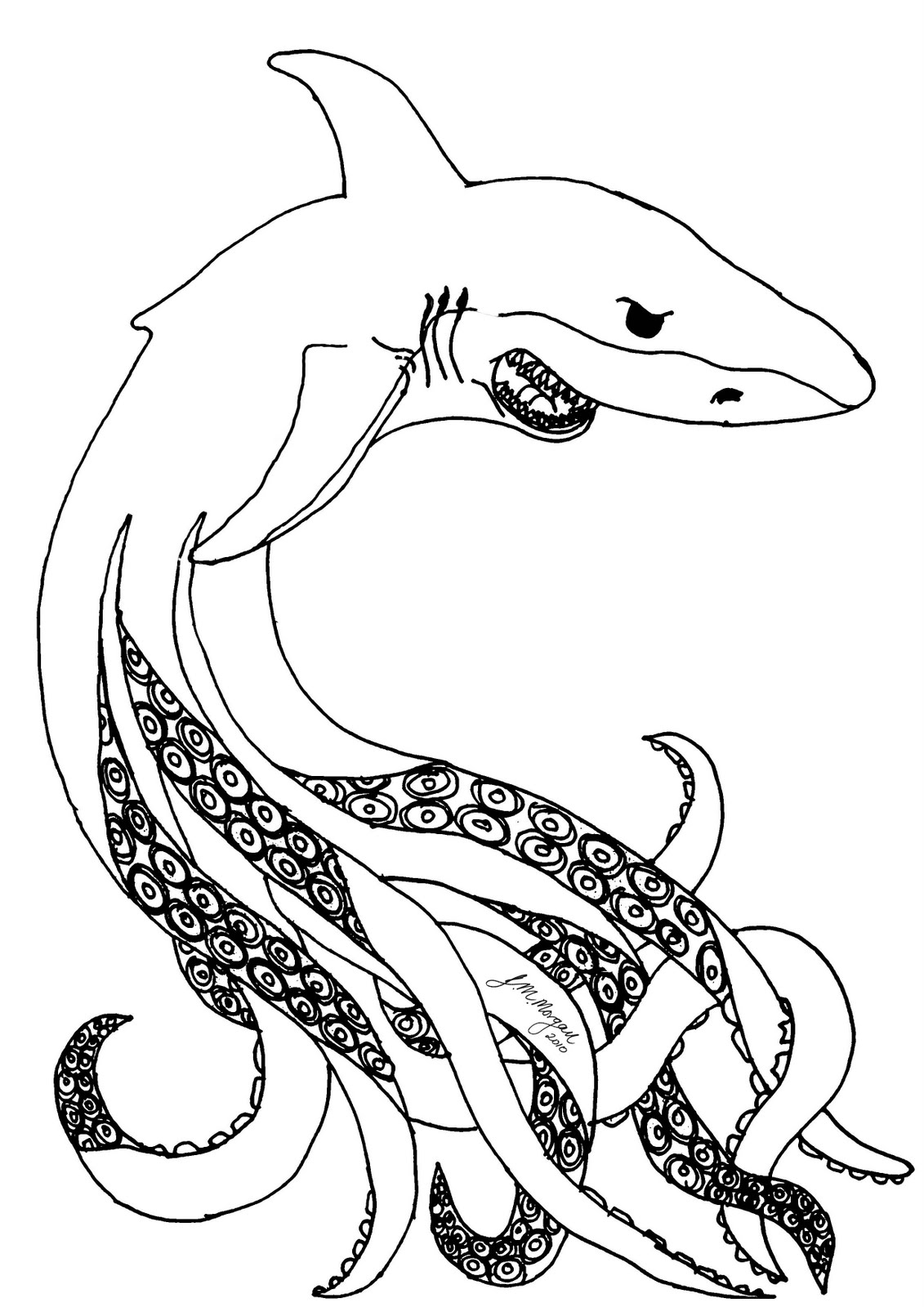

However, the largemouth bass is also a great fish to catch for serious fishers as well as people who are looking for a quick meal. Novices will appreciate the lack of required effort in choosing bait. That means you don’t need the fanciest bait to get these fish to bite. The largemouth bass likes to eat, and they’ll strike at just about anything. Now, we’re going to take a step back to a common, easily caught fish. Largemouth Bass Largemouth bass like to eat anything! So, if you’re looking for the best fish to catch in Kansas this summer, the longnose gar may just be it! 3. Although some people eat these large fish, many just catch and release them. Longnose gars have rather strong scales and sharp teeth, so you’ll need to be careful when you pull them from the water. They like shoals and shallow areas, and you should consider using lures that are between 3 and 4 inches long. These fish are found in lakes, swampy areas, and river backwaters in the eastern portion of Kansas. Fortunately, they are also very active in the summer. Your best bet is to fish for these creatures late in the day or early in the morning. That includes other members of their species! They are known as a strong predator of fish, waterfowl, and other creatures that live in the water. The longnose gar is a very large fish that can measure up to five feet or more, weighing dozens of pounds. We’re going from one very easy-to-catch fish to one that’s not so simple. Longnose Gar Longnose gars are not so simple to catch.

The 10 Best Books About Sharks – Reviewed and Ranked 2. Channel Catfish Channel catfish is a very common fish in Kansas. Yet, they’re all good for one reason or another, which we will tell you about. Some of them are more popular than others. We’ve developed a list of five different types of fish you can find in the various lakes and rivers in this state. However, that doesn’t mean you can’t find a diverse selection of great fish to catch. That means you won’t catch any sharks or marlins in its waters. What Are the Best Fish to Catch in Kansas? We’ll tell you about a few different types of fish that you can try to catch this year as a beginner or an experienced fisherman. That’s why we decided to come up with a list of the five best fish to catch in Kansas this summer. Since the state isn’t known for its rivers or vast lakes, outsiders often miss out on the fishing available in the state. When most people picture Kansas, they think of rolling hills, the Great Plains, and the various animals that inhabit those diverse areas. Tell-tale bite marks on other animals, an abundance of recent megalodon teeth, and as the creatures are a warm-water species "megalodon would not be able to survive in the cold waters of the deep, where it would have a better chance of going unnoticed.Watch This Omnivorous Fish Hunt By Sharpshooting… If an animal as big as megalodon still lived in the oceans we would know about it." It's definitely not alive in the deep oceans, despite what the Discovery Channel has said in the past. And as they're the most durable part of the skeleton, more have survived.Īnd putting to bed the speculation they may still exist in the depths of the oceans, as per The Meg's plot, the museum quoted Emma Bernard, who curates the Museum's fossil fish collection. Their abundance is due to the fact sharks lose roughly one set of teeth a fortnight, meaning they work their way through around 40,000 in their lifetime. It's fairly common to find megalodon teeth today, with one recently discovered in North Carolina. "Studies reconstructing the shark's bite force suggest that it may have been one of the most powerful predators ever to have existed," the site added. "So close, but so far! The Megalodon ( Otodus megalodon), disappeared more than 3 million years ago and will likely stay that way, but, for a few minutes, we thought he had returned!"Ĭommenting on the post, Lilbabyjo said: "He's out there.," while Eobreton admitted: "I got excited for 10 seconds." And Thesharkdoctor added: "Haha-that would've got my heart racing." The post concluded: "We waited for one of the rods to go off however, much to our disappointment, the shape started to transition into a large school of atlantic mackeral that hung around the boat for about 15 minutes. The team eagerly watched the scanner as the shape revealed it's true form, and sadly it wasn't a prehistoric sea creature.

"Based on the length of the image we estimated the "Meg" to be about 50 feet long, weighing in at 40 tons!" The post said: "On a recent shark research trip we were all amused to see this shape appear on our fish finder for several minutes. The Atlantic Shark Institute shared a photo of a "megalodon" shape beneath the waves.


 0 kommentar(er)
0 kommentar(er)
